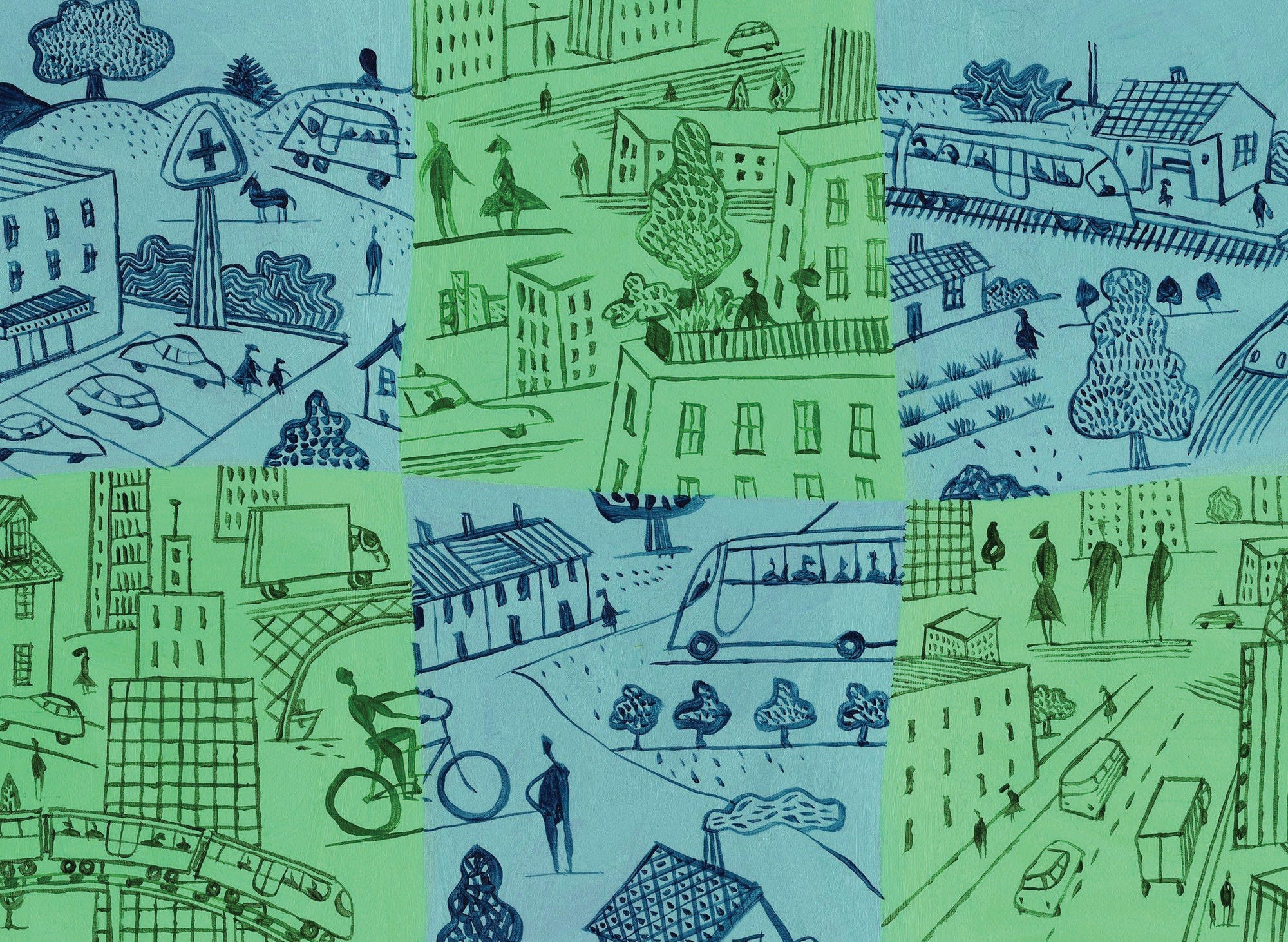Despite improvements during the last decade, air pollution in cities remains high, especially in poorer countries.
Air pollution is among the greatest environmental health threats across the world. This is particularly true for cities, where the higher concentration of people and economic activity compared to less dense areas make them more exposed to air pollution (OECD, 2020a; OECD/European Commission, 2020). As suggested by the United Nations (UN) Sustainable Development Goals (UN, 2017), one the most relevant measures of air pollution is population exposure to fine particulate matter 2.5 (PM2.5 in micrograms per cubic metre or µ/m3). Chronic exposure to PM2.5 significantly increases the risk of heart and respiratory diseases. In addition, the current pandemic is showing that air quality is also a source of health resilience. Recent studies have demonstrated that air pollution contributes to the airborne transmission of SARS-CoV-2 and a higher risk of mortality due to COVID-19 (Comunian et al., 2020; Cole et al., 2020).
Across the world, air pollution levels in cities tend to be higher in poorer countries. In 2019, the average PM2.5 concentration levels across cities was highest in lower-middle-income countries (66 µ/m3 of PM2.5), followed by low-income (42 µ/m3) and upper-middle-income countries (36 µ/m3). On the other hand, cities in high-income countries recorded significantly lower air pollution (15 µ/m3 of PM2.5), although still above the levels recommended by the WHO of 10 µ/m3. Air pollution levels also differ across world regions. With an average pollution level of 84 µ/m3 of PM2.5, South Asian cities have the lowest air quality, while cities in North America recorded the lowest average concentration of PM2.5 (8 µ/m3) – this is partially explained by the significantly higher population density of South Asian cities (Figure 1.11).
Globally, air pollution levels in cities have changed significantly in the last 30 years. While cities in high-income and OECD countries have been reducing people’s exposure to PM2.5 since 1990, cities in upper-middle-income countries have started to make progress only since 2010. On the other hand, air pollution has been on the rise in the last 10 years in cities from lower-middle and low-income countries (Figure 1.12). More precisely, since 2010, most world macro-regions – except for South Asia and Sub-Saharan Africa – have recorded a decrease in air pollution in cities. This reduction in PM2.5 concentration was strongest in East Asia and the Pacific (falling by 4 points) and the Middle East and North Africa region (falling by 5 points) (Figure 1.14-Figure 1.16).
In the OECD area, differences in air pollution levels across cities remain relatively small within countries compared to between countries. Nevertheless, most cities still have exposure to PM2.5 above the limit recommended by the WHO. Within-country differences are largest in countries such as Turkey, Chile, Spain or Poland, where pollution is high on average and where some cities experience levels of PM2.5 around the 30 µ/m3 or more (Figure 1.13). Although air pollution has been declining on average across OECD cities in the last 30 years, 66% of cities in the OECD (789 out of 1 187) still had their residents exposed to harmful levels of air pollution in 2019 (above 10 µ/m3). In 30 countries (out of 37), there is at least one city with population exposure to air pollution above the suggested threshold of 10 µ/m3.






